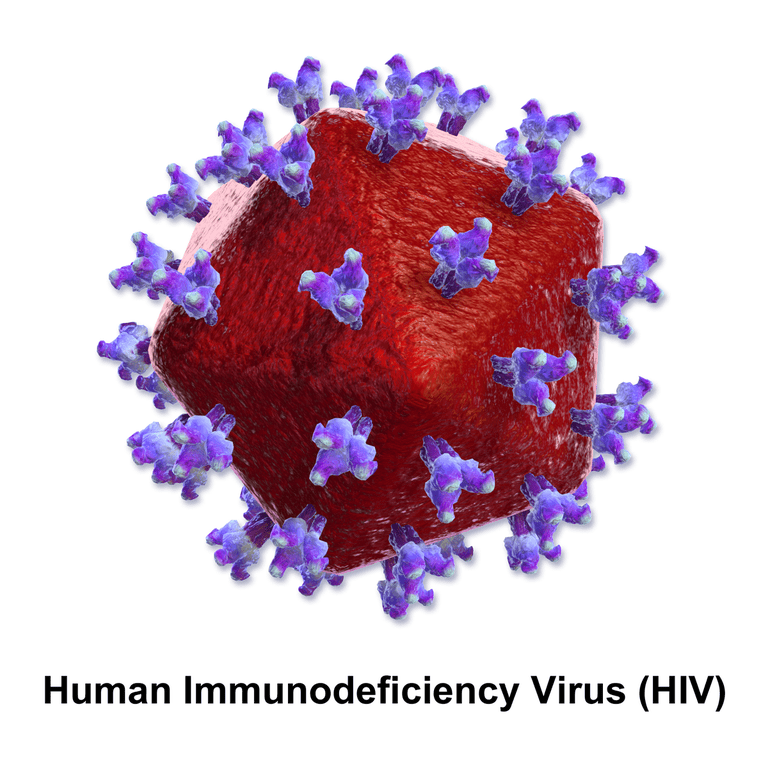A single injection of HIV-targeting antibodies protects monkeys from HIV infection for 20 weeks, a new study reports.
Although there is still no definitive vaccine or cure for HIV, 30 years of research have brought us closer and closer to finally finding a way to kill out the virus. For instance, studies into immune responses have found that individuals with HIV can develop antibodies that block infection by a broad range of viral strains. These antibodies have been used to control the virus in patients who are already infected, and are also used to develop therapies that keep HIV at bay.
[panel style=”panel-default” title=”Antibodies” footer=””]Antibodies are proteins that the body produces to fight infections. Antibodies can attack substances that the body recognizes as alien, such as bacteria, viruses, and foreign substances in the blood. Typically, antibodies are produced to counteract a specific antigen. Antibodies can also be used in vaccinations.[/panel]
Now, Malcolm Martin of the US National Institute of Allergy and Infectious Diseases in Bethesda, Maryland, reports that monkeys can be protected from simian HIV (SHIV) infection in the long term, by a single injection of antibodies. He and his colleagues developed an injection by modifying two HIV-neutralizing antibodies, which enabled them to survive longer in the bloodstream. As a result, the cocktail was much more effective at destroying SHIV.
Researchers report that a single injection was able to prevent infection for a median time of 20 weeks. The ability to induce durable protection from HIV is an important step forward, which could, in time, be translated to humans.
Of course, 20 weeks is not an ideal period — researchers hope to develop an injection that lasts much longer — but this lays the groundwork for developing antibodies for use as an annual or biannual pre-exposure prophylactic. In the absence of an HIV vaccine, it’s pretty much the best thing we can hope for.
This is not exactly a vaccine, though it is an injection that temporarily protects against the infection.
The development couldn’t come a moment too soon. Since 1981, AIDS has killed at least 25 million people, and an estimated 18 million people are currently infected with HIV (the real figures are probably much higher than that).
It’s not the first time an HIV vaccine has been proposed. Just days ago, researchers proposed a solution which included dormant, last-ditch antibodies to develop a new type of vaccine. In another study, five patients were reportedly HIV-free after vaccine therapy. Scientists are zooming in on a solution, step by step.
The study “A single injection of crystallizable fragment domain–modified antibodies elicits durable protection from SHIV infection” has been published










